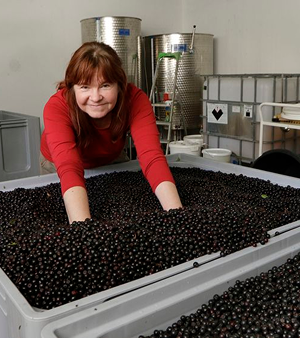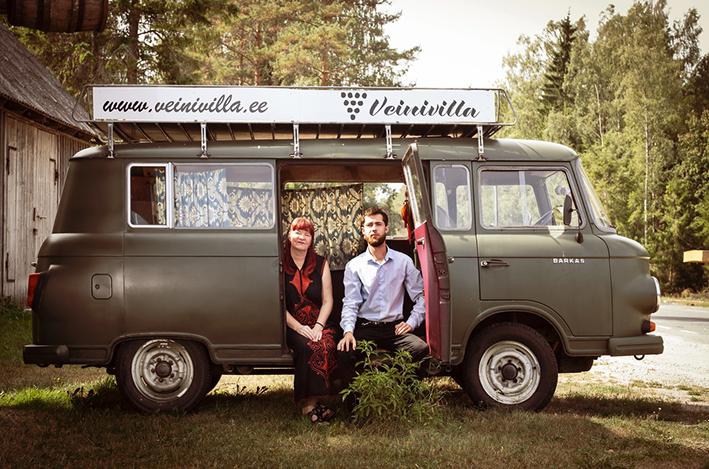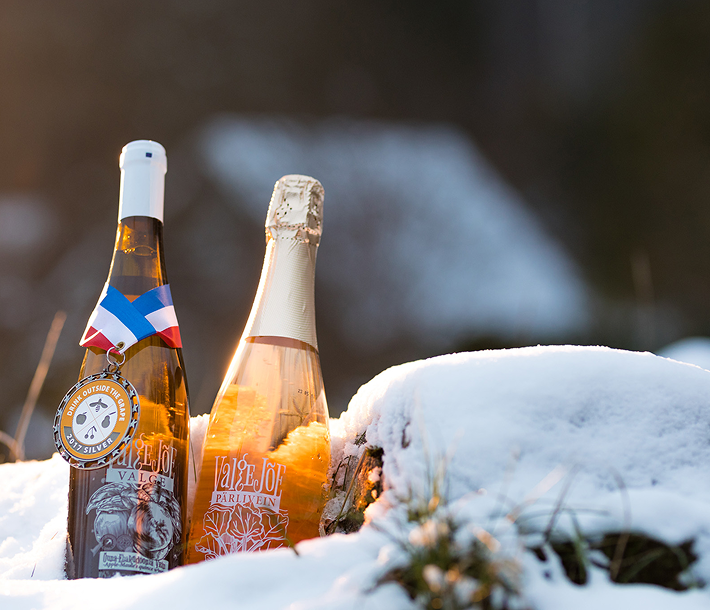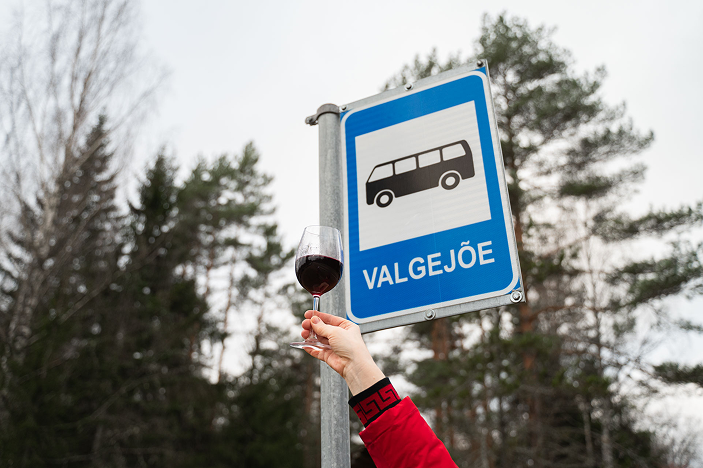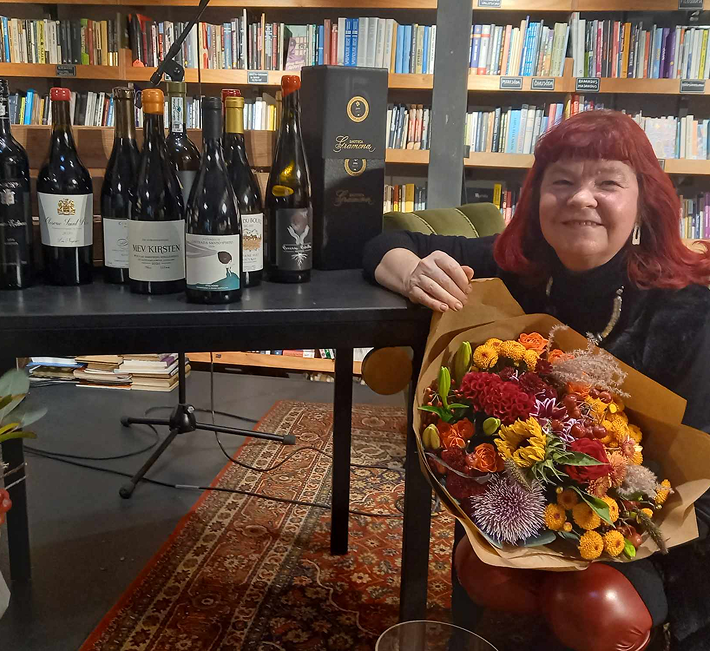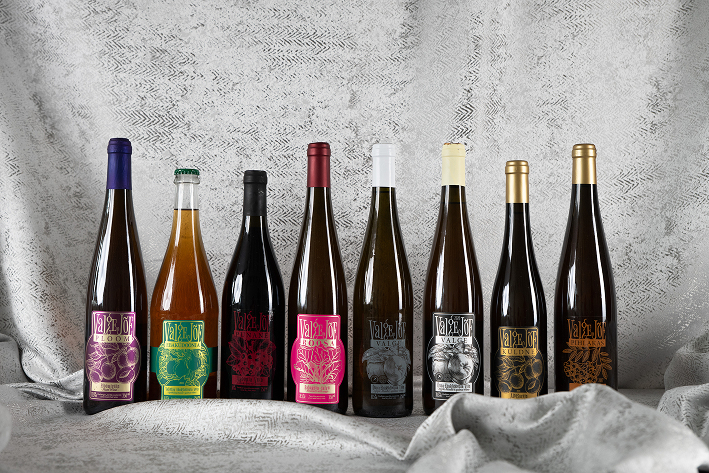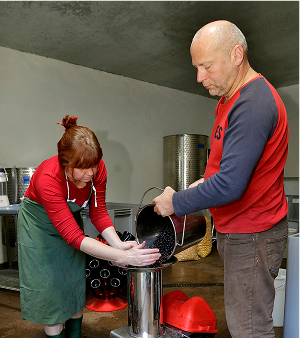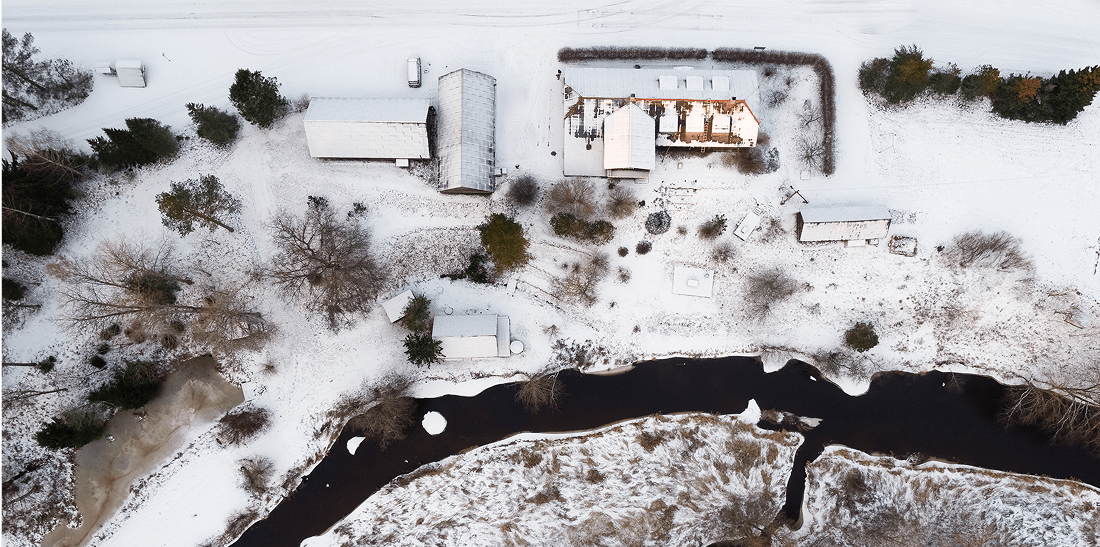History
The beginning of time
1290. From 1290 until the Reformation, the southeastern corner of the Kolga Manor lands—originally owned by enterprising Cistercians from Gotland and later transferred directly to the King of Denmark-Norway—was home to the village of Witena, now known as Valgejõe. A tavern may have existed there even earlier. The old road winding from Tallinn to Narva passed through a convenient river crossing, and for a long time, this spot also marked the border between Harju and Viru counties. The old road winding from Tallinn to Narva passed through a convenient ford. For a long time the border between Harju and Virumaa ran there.
The first innkeeper
Jören Becker
Kolga Manor 1586. In the yearbook of revisions of 1585 there is a transcript of the lease of Valgejõe tavern from 9 December 1585. The manor is represented by Captain Johan De la Blanque and the tenant is Jören Becker.
The annual rent of 8 thalers demanded from the innkeeper may have equaled three months’ wages for a common laborer in Stockholm at the time. However, in the first year, the innkeeper was also exempt from this tax, as he had cleared more land.
A heavier burden for the innkeeper, however, may have been other rent obligations: 2 oxen, 1 cow, 2 sheep, 2 pounds of hops, 2 barrels of rye, 1 barrel of barley and 1 barrel of oats.
1581. In 1897, King John III of Sweden granted the manor of Kolga to Pontus De la Gardie for special services. 5. However, on November 1585, the famous commander drowned in the Narva River, and the administration of the manor and the guardianship of his children was entrusted to a close cousin of King Pontus, according to some sources, Johan De la Blanque.
De la Blanque, a close relative of Pontus and owner of large estates in Estonia and Sweden, had been granted the title of “De la Blanque” in 1582. in Raasiku manor lord Johan/Jean must also have been remarkably wealthy. 1590. In the 18th century, De la Blanque was pledged the manor of Borkholm (Porkun), the place where the Valgejõe River begins, for 1,000 sovereigns.
Pontus’s lifelong companion De la Blanque commissioned Arent Passer from the king in 1589. In 1595, a funerary monument to Pontus and his wife was unveiled in Tallinn Cathedral. in. De la Blanque remained loyal to King Sigismund during the Swedish Civil War, which soon broke out, and was forced to leave Estonia with his supporters in 1600.
The Lord of the Manor
De la Blanque
In Caunes-Minervois, the hometown of two Frenchmen from the historic Languedoc wine region, their relatives are still alive. The distance of 3200 kilometres and the 430 years that have passed have not erased the memory of the adventurous lives of the men associated with the White River on either side of Europe.
Last innkeeper
Jaska Viikman
1888. Jakob Wiikmann from Reval became the tenant of the Valgejõe. In the materials of Kõnnu parish court there is still a notice of the Kolga mayorate administration from 1896. the innkeeper Jaska Viikman of Valgejõe, that instead of reselling the manor’s goods he would have to trade at his own risk. A national wine monopoly was on the horizon in the Russian Empire, and the Stenbocks, who ruled the estate, were quick to optimise their risks. In 1900 the tavern was closed. Throughout the 19th century, Valgejõe Farm was home to the rulers of the surrounding forests. It is still known as the forestry forge in the area.
Since April of 2014, the Veinivilla, which practices and promotes wine making from Estonian berries and fruit, has been operating in Valgejõe, led by the renowned berry wine guru Tiina Kuuler.
In the series “The Ages”, which will be added to the range of products of the Valgejõe Winery, the Danish King Erik VI Menved (13th century), who gave the first name to the village of Witena, Captain Johan De la Blanque (16th century) and the last innkeeper Jaska Viikman (19th century) have also found a worthy place.
